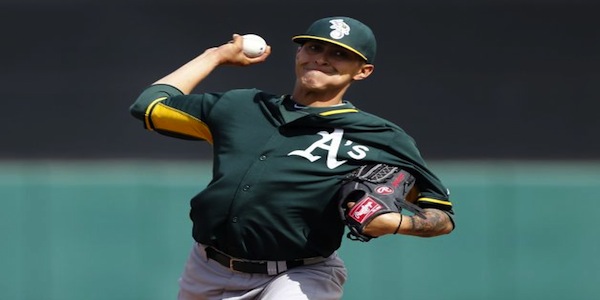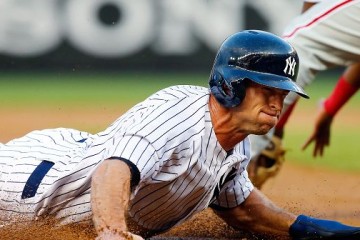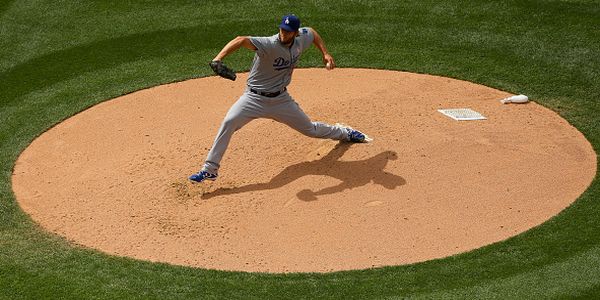2014 Fantasy Baseball: What in the Jesse Chavez Is Going On Here?

Typically when a 30 year old pitcher gets off to a hot start in April, we can look at a few numbers to get a feel for what’s going on. There’s usually a track record to fall back on, some statistical analysis that can be done that makes evaluating him easier and projectable moving forward.
Occasionally, there’s a Jesse Chavez.
The Oakland A’s right-hander is getting his first chance to start this season, and that’s only due to the injuries that hit the A’s staff during spring training. Although he’s never had a place to call home (he’s on his 7th team in 8 years), one thing he’s always had is a deep repertoire. Chavez uses five pitches: an average fastball that sits around 91-92 mph; a sinker that looks like a two-seam fastball; a cut fastball with great late movement at 87-90 mph; a changeup at 84-87 mph; and a curveball that grades out as his best pitch of the bunch.
The aforementioned curve is one thing that jumps out when trying to determine what’s new with Chavez. His usage has increased drastically over the past two seasons, and the change/curve combination has helped him with his previous split issues as a reliever vs. LHH’s. So far in 2014 lefties have hit a LD on just 2.2% of the curves they’ve seen from Chavez. With no platoon splits, and the ability to vary the offering to lefties, Chavez appears to have made a major adjustment in his approach.
When looking at two things that have plagued him in the past, his propensity for the long ball and his command, we have to look at them through different lenses for this season. The way he approaches a hitter has and will continue to change in his first season as a starter. As long as Chavez continues to be less reliant on his fastball, the pitch where he gets the least amount of swings and misses, the better off he’ll be. This will keep his hard contact numbers low, and you don’t need me to tell you that hard contact translates to HRs. His home park is as pitcher-friendly as he’s seen in his eight seasons as well, and his 9.5% HR/FB ratio so far in 2014 is in line with his career number, which I’m predicting will improve as the season goes on.
Again, it’s hard to get a feel for his command moving forward, but let’s not ignore what we know just because there’s so much we don’t know. Michael Salfino loves K-BB/IP, and thanks to him, so do I. We’re getting to a point in the season where walk rates for both hitters and pitchers are starting to stabilize. That doesn’t mean you can extrapolate them perfectly and call it a day, but we have something to build on when forecasting the rest of 2014. So far, Jesse Chavez has thrown 38 innings, with 41 strikeouts and just 8 walks. That’s a 0.87 K-BB/IP ratio, where the league average is 0.56. Too much math for you? Sorry. Missing bats/ keeping walks down = delicious numbers.
So what do we have here? We may have a top 40 starter from here on out. Yes, the league will adjust since all of this is new, but there’s nothing that jumps out as ‘lucky’ here. Heading into his start against the Rangers this week, his BABIP was .286 and his strand rate was 78.6%, numbers that are in line with both his career totals and league averages. My lone concern with Chavez would be the potential for injury due to the increased workload he’ll experience this season. While with the Blue Jays AAA team in Las Vegas, Chavez topped out at 95(!) innings pitched, so you can expect Oakland to skip his spot in the rotation when possible, in order to give him more rest. Otherwise, this is someone that I’d target if the owner in your league is thinking he’s selling high, and you’ll get the last laugh.
Follow Ryan on Twitter, @RyNoonan. You can also hear Ryan once a week on ‘Caught Looking- Fantasy Baseball Podcast’ for TheFantasyReport.net




